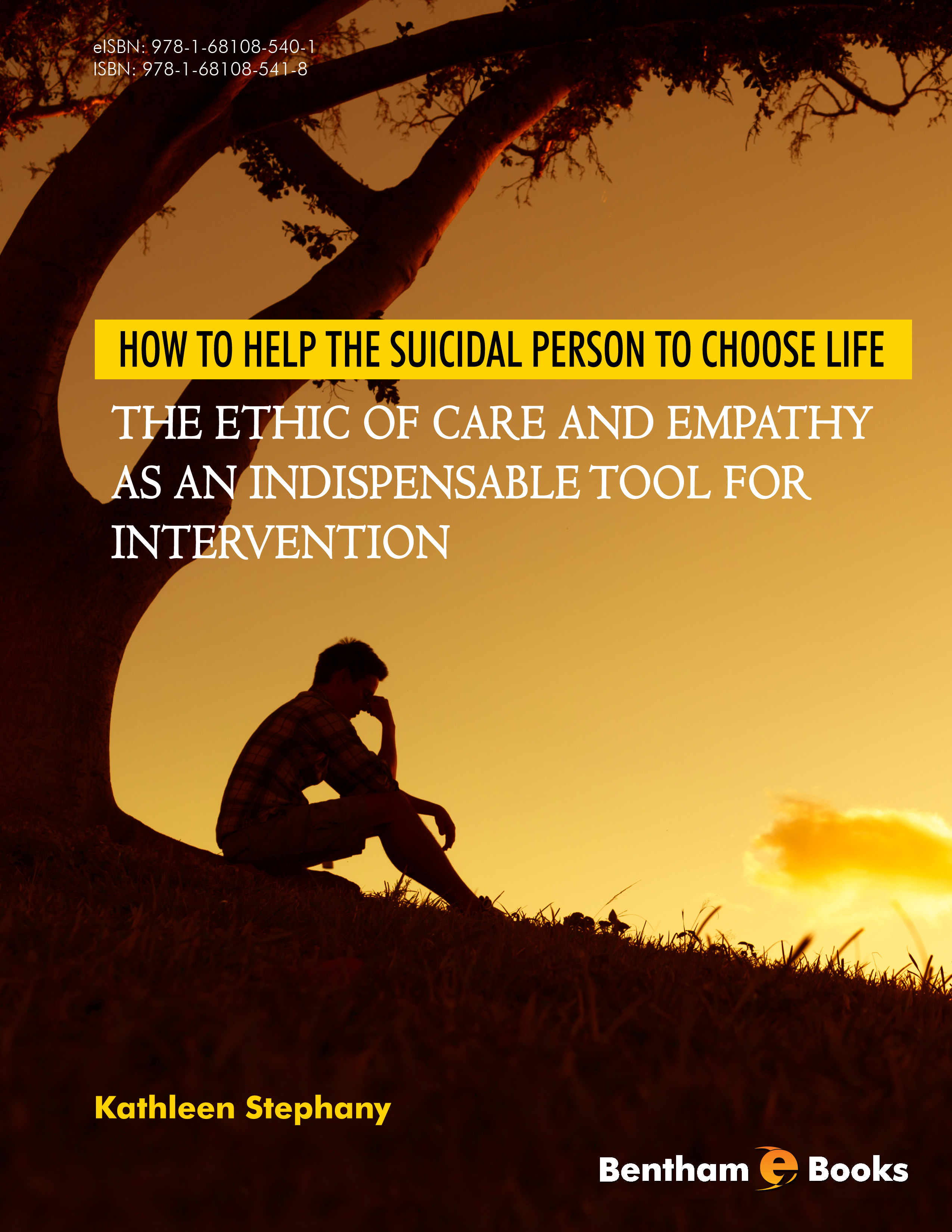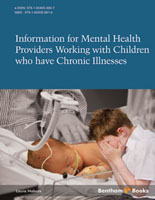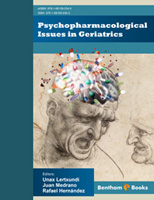Introduction
Suicide is a complex problem which is linked to socioeconomic problems as well as mental stress and illness. Healthcare professionals now know that the essential component of the suicidal person’s state of crisis is of a psychological and emotional nature.
How to Help the Suicidal Person to Choose Life is a detailed guide to suicide prevention. The book recommends ethic of care and empathy as a tool for suicide intervention. Readers will learn about approaches that focus on suicide prevention that address the despairing emotional mind set of the suicidal person.
Key features:
- - Features easy to understand learning guides for students
- - Emphasizes on suicide intervention strategies rather than identification of risk factors
- - highlights information from narrative case studies and psychological autopsies
- - includes practice and simulation exercises designed to enhance therapeutic modalities such as empathy, compassion, unconditional positive regard, connection, therapeutic alliance, the narrative action theoretical approach and mindful listening
- - Contains guidelines prescribed by the Aeschi working group for clinicians
- - Provides a list of bibliographic references and an appendix for other resources of information useful for suicide prevention
This book is recommended for students and practicing professionals (in medicine, psychiatry, nursing, psychiatric nursing, psychology, counselling, teaching, social work, the military, police, paramedics etc.), and other first responders, volunteers or outreach workers who are confronted with situations where they have to assist people who are known or suspected of being suicidal.




